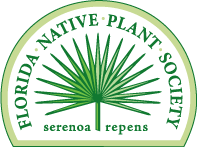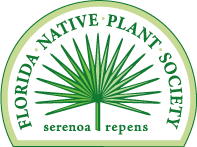FNPS Plant Database
Helianthus debilis subsp. cucumerifolius
Nomenclature
Common Name:
Synonym(s):
Genus species:
Family:
Asteraceae (Compositae)
Plant Specifics
Form:
Size:
Life Span:
Long-lived perennial
Flower Color:
Fruit Color:
Phenology:
Noted For:
Landscaping
Recommended Uses:
Considerations:
Availability:
Propagation:
Light:
Moisture Tolerance:
Always Flooded---------------------------------Extremely Dry
□□□□□□□□□□□□■■■■■■■■■■■■■■■■■■■■■■■■□□□□□□
Usually moist, occasional inundation -to- Somewhat long very dry periods
Salt Water Flooding Tolerance:
Unknown
Salt Spray/Salty Soil Tolerance:
High. Can tolerate significant and ongoing amounts of salt.
Soil or Other Substrate:
Sand
Soil pH:
Suitable to Grow In:
8A,8B,9A,9B,10A,10B

USDA zones are based on the average annual extreme minimum winter temperature.
Don't know your zone? Click here to search by zip code.
Ecology
Wildlife:
Primarily pollinated by bees.
Birds and small mammals eat the seeds.
Native Habitats:
Natural Range in Florida:
Visit the USF Libraries Atlas of Florida Plants
Comments:
Ethnobotany:
General Comments:
This subspecies has a broad distribution that extends west into Texas and north into northern New England. It is found broadly but sporatically in Florida. Our map shows where herbarium specimens have been submitted, but it should be appropriate to plant this plant almost anywhere in the northern 2/3 of the state.
To avoid inbreeding, do not plant this subspecies in a common garden with either the east- or west-coast dune sunflower.
Citations:
BONAP. 2014. Helianthus debilis. http://bonap.net/MapGallery/County/Helianthus debilis.png.
IFAS Gardening Solutions. https://gardeningsolutions.ifas.ufl.edu/plants/ornamentals/beach-sunflower.html.
Nelson, Gil. 2003. Florida's Best Landscape Plants. Association of Florida Native Nurseries.
Osorio, Rufino. 2001. A gardener's guide to Florida's native Plants. University Press of Florida, Gainesville, FL.
Tras, Pamela. 2001. Gardening for Florida's butterflies. Great Outdoors Publishing, St. Petersburg, FL.
Wunderlin, R. P., B. F. Hansen, A. R. Franck, and F. B. Essig. 2021. Atlas of Florida Plants ( http://florida.plantatlas.usf.edu/ ). Institute for Systematic Botany, University of South Florida, Tampa. https://florida.plantatlas.usf.edu/Plant.aspx?id=3367.







